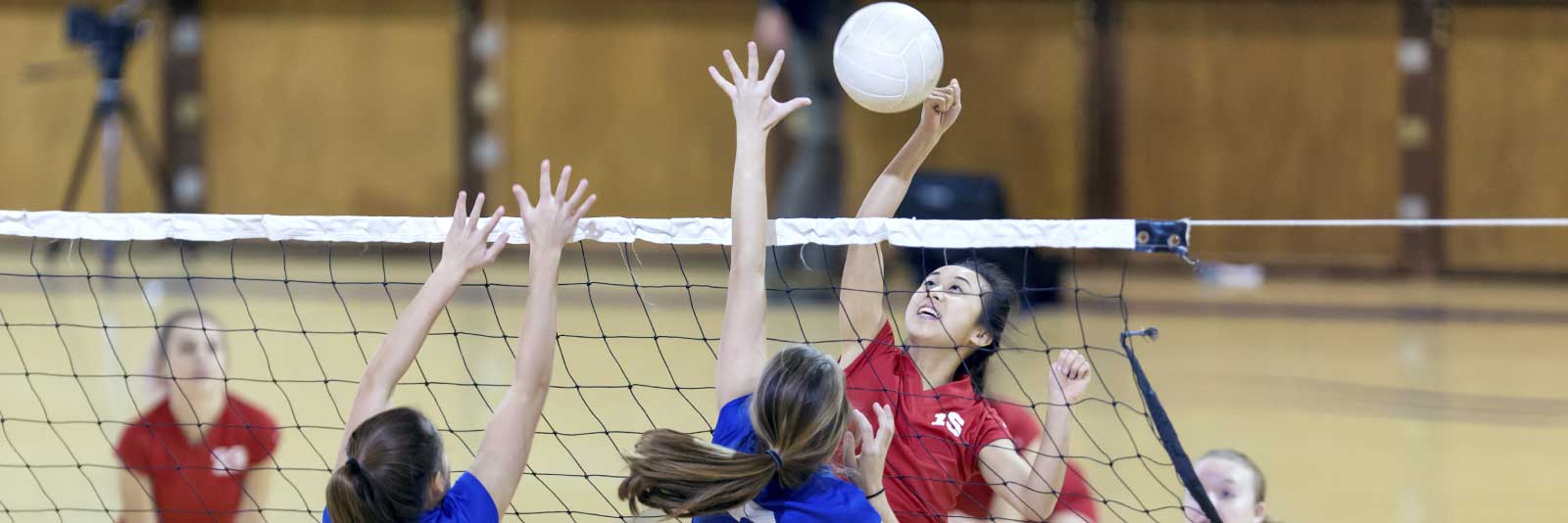Complete List of Division 2 Colleges with Women’s Volleyball Teams

D2 is an interesting division, as you’ll find much of the athletic talent seen at the D1 level with a little more balance between athletics, academics and a social life. While D2 volleyball players still commit a significant amount of time and energy to their team, they will get more time back in their schedule than at a D1 volleyball college.
D2 schools range in size from fewer than 2,500 students to more than 15,000 students. However, the NCAA calculated that 51.6% of D2 universities have fewer than 2,500 students and 36.7% have 2,500–7,499 students. In short, the majority of D2 volleyball schools will likely have smaller, more intimate campus sizes, but families can also find larger universities at the D2 level as well. There’s a fairly even split of private (52%) vs. public (48%) D2 schools.
Families can, in a sense, “choose their own adventure” when searching for the right D2 volleyball school. With a wealth of options, it’s worth adding at least a few Division 2 volleyball colleges to each athlete’s target list of schools. Use our full list of D2 volleyball schools below to start researching the right colleges.
D2 volleyball rankings and top D2 volleyball schools
While student-athletes can easily find out how different college athletic programs rank on the NCAA and NAIA website, it’s a lot harder to find rankings that rank colleges based on other important factors that play a role in finding the right college fit. Luckily, NCSA has created its own Power Rankings, which rank the top schools with volleyball programs based on location, size, cost, academics and more.
View all the top D2 volleyball schools.
The NCAA produces its own list of top D2 women’s volleyball programs that student-athletes can find on the NCAA website.
Division 2 volleyball scholarships: Can D2 schools offer full athletic scholarships?
D2 volleyball schools can offer full-ride athletic scholarships! However, because D2 volleyball is considered an equivalency sport, coaches can split up their scholarship dollars however they want. This means that only the very top, most impactful athletes on a team will get a full-ride scholarship, while the others will likely get partial scholarships. This helps coaches attract as many high-quality athletes as possible.